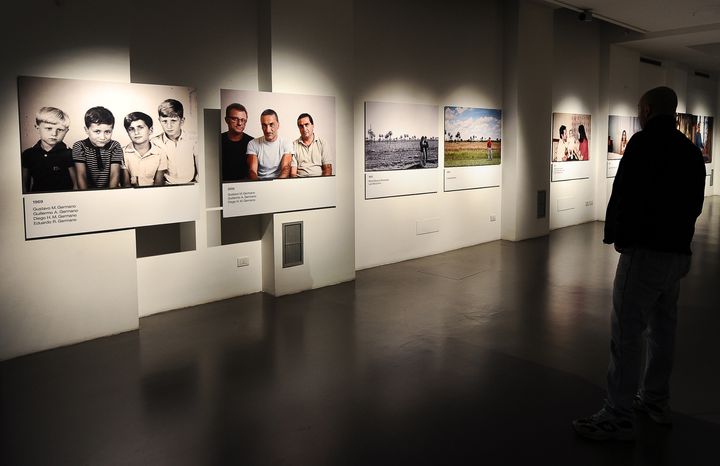
The recent controversy about Pope Francis's actions during Argentina's so-called "dirty war" reminded me of an unusual woman I met many years ago in New York City.
Her name was Maria. It was sometime in the early 1980s. She was there to raise money and awareness for the "Mothers of the Plaza Mayo," a group of women in Argentina who had organized to protest the disappearance of their children during that country's brutal military dictatorship. An estimated 30,000 people disappeared during the so-called "dirty war," most of them young, many of them political opponents of the regime.
Maria's story was typical but chilling nonetheless. She had a daughter who simply vanished one day in the late 1970s, when the generals were at the peak of their power. The name "disappeared" came to be the monicker for all those missing citizens. Most of them were never found, and most of them were believed to have been executed or killed in other ways and many tortured.
Maria's daughter was in her early 20s and pregnant. She had been active in one of the many political groups opposing the generals. When she disappeared, she was a student at a local university taking courses to become a teacher. She wanted to work with young children.
Maria joined the other mothers in their daily protests at the Plaza de Mayo in downtown Buenos Aires. The mothers -- and some grandmothers -- wore white scarves on their heads with the names of their "disappeared" children and grandchildren stitched on the front. They picketed and chanted, defying their military rulers to crack down on them, even after two of their members disappeared themselves, only to be found dead later in unmarked graves.
Maria knew that one of the members of the junta lived in the neighborhood. He was a high-ranking officer. She also noticed that the officer and his wife would walk their young daughter to school every day, passing right by Maria's house.
As time went on, Maria became convinced that the little girl was her granddaughter. The child resembled Maria's daughter, and she was especially struck by how similar the girl's ears were to her daughter's. It was, she said, a family joke at how everyone's ears stood out.
It was not unusual in those days for the children of the "disappeared" to be taken by members of the junta and passed off as their own. It was theft of human beings, and it was grotesque.
Maria followed the child and her parents to and from school, but at a discreet distance. She also took photos of the little girl, but she never tried to talk to her. It was too dangerous.
Then, perhaps out of desperation and perhaps naively believing that the military couple would be shamed into returning her granddaughter, Maria took out an ad in the local newspaper. In it, she published a photo of the little girl. And next to the photo she said, "I know you are my granddaughter. I can tell by your ears. They look like your mother's."
Several days later, the little girl was no longer seen walking to school. She, too, had "disappeared," or so it seemed, and Maria feared the worst. It confirmed what she had believed all along, that the little girl was in fact her granddaughter. She was heartbroken.
But a month later, the little girl again started walking to school with her so-called mother and father. But this time there was something different, something that sent a chill down Maria's spine. The little girl had huge bandages on both ears. She had undergone an operation to erase any resemblance to her "disappeared" mother, Maria's own daughter.
After her trip to New York, I never heard from Maria again. I tried to reach her in Argentina several times, but to no avail.